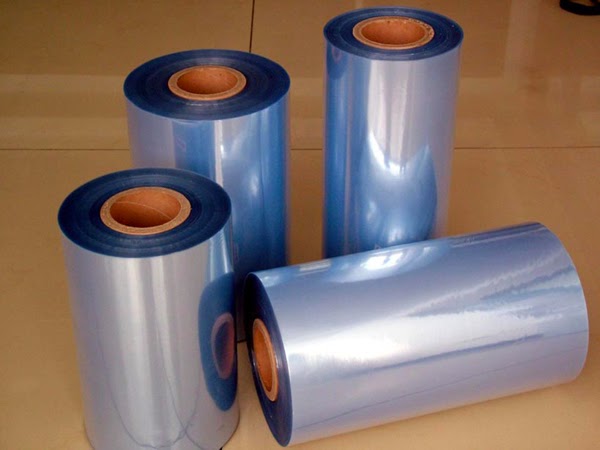Blister pack is a term for several types of
pre-formed plastic packaging used for small consumer goods, foods,
and for pharmaceuticals. The primary component of a blister pack is a cavity or
pocket made from a formable web, usually a thermoformed plastic. This usually
has a backing of paperboard or a lidding seal of aluminium foil or plastic. A blister that folds onto
itself is often called a clamshell.
Blister packs are useful for protecting products against external factors, such
as humidity and contamination for extended periods of time. Opaque blisters also protect light-sensitive
products against UV rays. Blister
packs are used to package products such as toys, hardware, medication, etc...
Many blister packaging machines use heat
and pressure via a die to form the cavity or pocket from a roll or sheet of plastic. In recent years, improvements
in cold forming, specifically allowing steeper depth/angles during forming, this
minimizes the amount of material used for each cavity.
Blister packs are commonly used as unit-dose packaging for pharmaceutical tablets, capsules or lozenges. Blister packs can provide
barrier protection for shelf
life requirements, and a degree of tamper resistance. In the USA, blister packs are mainly used for packing
physician samples of drug products, or for Over The Counter (OTC) products in
the pharmacy. In other parts of the world, blister packs are the main packaging
type since pharmacy dispensing and re-packaging are not common


No comments:
Post a Comment